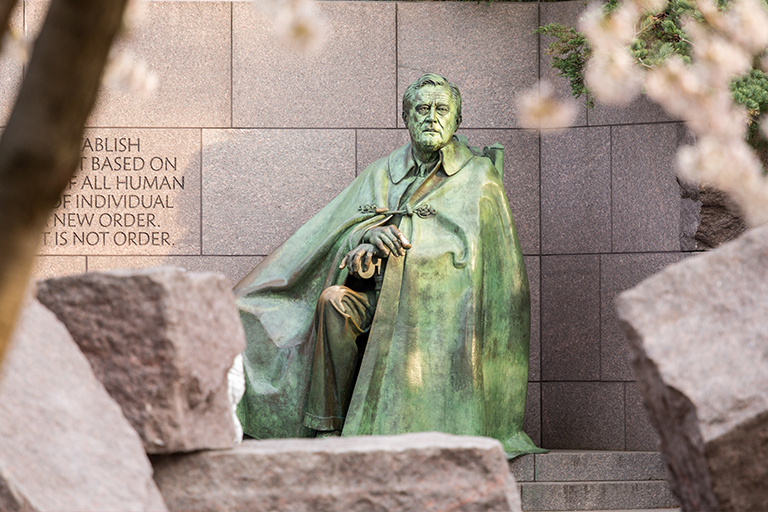By Kent Singer, CREA Executive Director
Colorado Country Life is delivered each month to over 229,000 households and businesses in Colorado electric cooperative service territory. If you receive the magazine, you’re probably a member-consumer of one of Colorado’s 22 electric distribution co-ops that serve 70 percent of the geography of Colorado.
You may not realize it, but by virtue of being a consumer-member of an electric co-op, you’re not just a customer of a utility, you’re part of a movement. That’s right, the electric co-op program was a social experiment initiated by President Franklin Delano Roosevelt in 1935 (Congress passed enabling legislation in 1936).
FDR created the Rural Electrification Administration, commonly known as the REA, not only to provide jobs during the Great Depression, but also because he believed that the quality of life in rural America would be greatly improved if people in rural areas had access to electricity in the same way as those who lived in cities.
I was reminded of the beginnings of the REA program on a recent trip to the town of Hyde Park in upstate New York. As you may know, FDR was born in Hyde Park on an estate called Springwood; he returned there frequently over the course of his eventful life, and he and Eleanor Roosevelt are buried on the grounds of the estate. Today, you can tour the Roosevelt home at Springwood and visit the FDR Presidential Library & Museum. (For anyone interested in U.S. history, particularly World War II, the museum is a must-see.)
In addition to being a wartime president, Roosevelt had the overwhelming challenge of trying to jump-start the U.S. economy in the throes of the Great Depression. The REA program was just one of many “New Deal” programs he initiated. While the museum includes exhibits about each of these programs, I took special note of the exhibit titled “Powering Rural America.” The introduction to the exhibit reminds us of the reasons FDR started the REA program:
“Imagine a world without electricity. In 1933, 90 percent of America’s farmers lived in such a world. Ignored by private power companies, who could not make a profit wiring rural areas, farm families passed their nights in darkened homes. Their days were filled with time-consuming manual labor. Electricity could transform farm life with pumps to supply running water, refrigerators, washing machines and other labor-saving devices. A longtime advocate of public power, FDR was determined to bring affordable electricity to rural Americans.”
As the result of FDR’s vision and the hard work of co-op line crews over the last 80 years, America’s farms and small towns enjoy the benefits of electricity. Today, your co-op provides more than electricity; it’s an integral part of your community. That is part of the “co-op difference.”
Your local electric cooperative pays taxes; it employs your neighbors; it lights your kids’ ball field; it sponsors local youth programs; it offers college and trade school scholarships to local students; and so much more. Co-ops also help those who struggle to pay their power bills by supporting Energy Outreach Colorado and other organizations that help those less fortunate. No other type of electric utility has this kind of connection with its consumers.
When I visited Hyde Park this fall, I paid homage to FDR at his grave in the rose garden at the Springwood estate. With the REA, he started something big: a movement that has grown and flourished and now includes over 900 cooperatives serving more than 42 million Americans in 47 states. That’s something to be proud of, just as all of Colorado’s electric co-ops are proud to serve their members and their communities.
With your support, Colorado’s electric cooperatives will continue to live “the co-op difference” in 2019 and beyond. I wish you a happy holiday season and a healthy new year.

